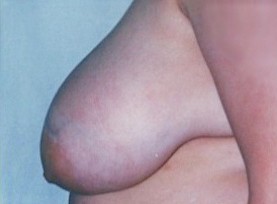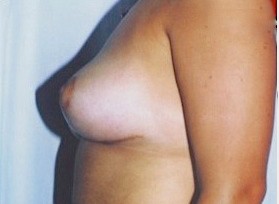
The female breast is one of the defining characteristics of a woman’s femininity and sexuality. Fuller, firmer breasts are adored by both men and women alike, though desired breast size and correct body proportions greatly divide opinion. Large, heavy breasts cause grave and irreversible harm to a woman’s body over the years. The great weight on the shoulders and back, as well as loss of calcium in the bones (osteoporosis), eventually result in back and shoulder pain and changes to the spine and posture. Large breasts also pose an aesthetic hurdle since they are difficult to hide and cause frustration among women, negative body image, difficulties developing relationships with the opposite sex and often even unwanted staring and name-calling. Even just choosing clothes turns into a daily chore.






